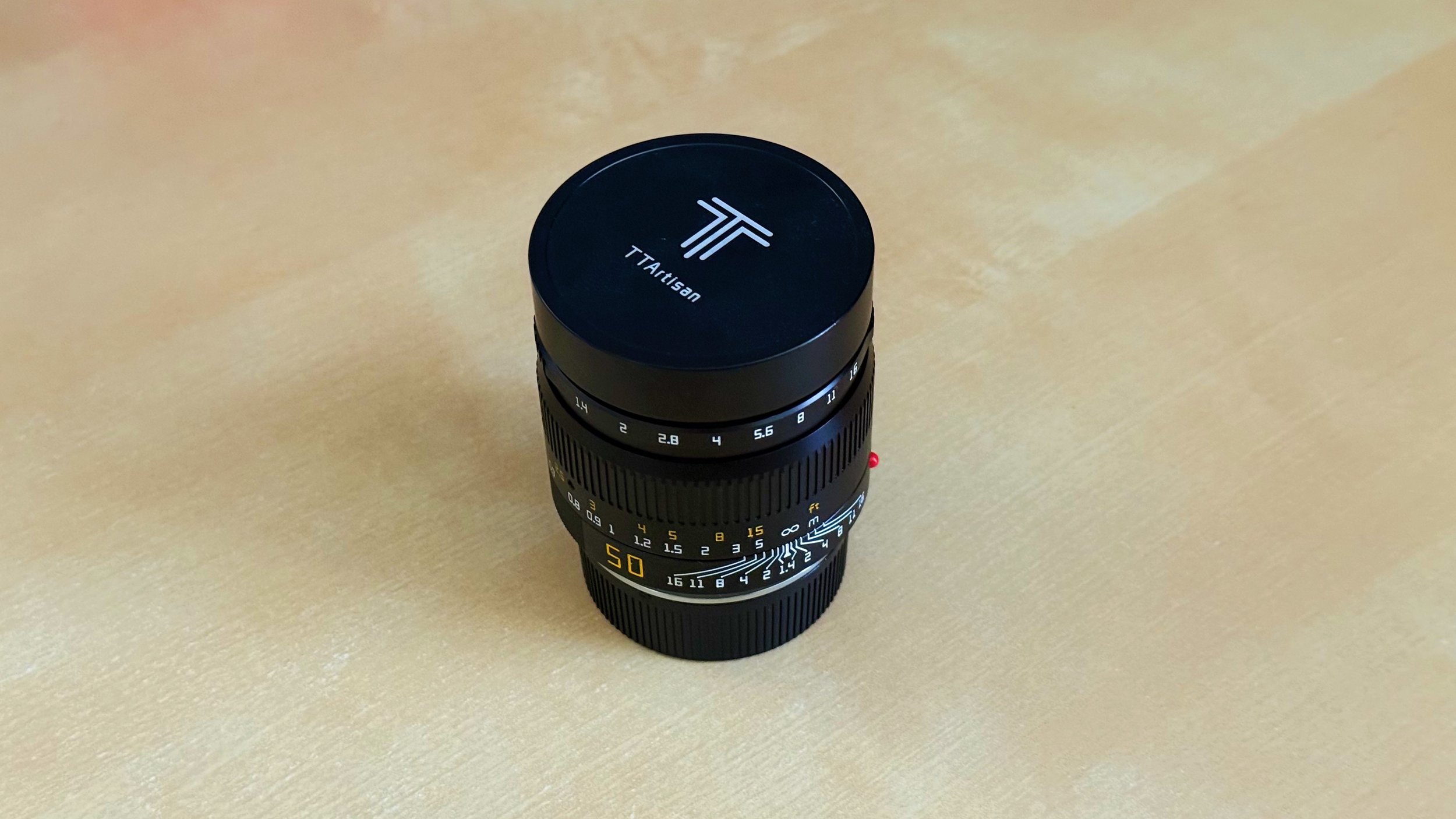TTArtisan 50mm F1.4 ASPH
A few weeks ago, TTArtisan was kind enough to send me their 50mm F1.4 ASPH lens for M-mount. Since I only owned a 35mm M-mount lens up to that point, I wanted something slightly longer that I could pair with my new Leica M6. However, up until I got the M6, I used the lens on my Sony A7IV as well as a Leica M11-P that I got to use for a few days. In this blog, I want to talk a bit about the lens and show you some of the images I was able to shoot with it.
Overview
This lens flies under the radar when it comes to all the other M-mount options out there, and for the budget-friendly price of $369, I’m surprised it’s not talked about more.
It’s very obvious that TTArtisan designed this lens to look very similar to the Leica Summilux-M 50mm F1.4 ASPH, and they did a pretty good job (the first time I brought it out, my friend thought I bought the Summilux). I’ve never personally shot with the Summilux, but I know that these two lenses get compared quite a bit, probably due to the design and the same aperture value, but also the staggering differences in the price. From what I’ve read, the TTArtisan lens is slightly bigger and heavier and its optical performance isn’t entirely up to par with the Summilux.
However…
…the Summilux costs just over $5,000 — which is over 13x more expensive than the TTArtisan lens. But is it 13x better? I’d venture to say no.
This lens is very solid overall. It does have its “quirks”, but for the price, it’s hard to beat.
The Good Stuff
To start with, the build on this lens does not feel like that of a sub-$400 lens, which is an all-metal build. Although it’s a bit heavy and is considerably longer than the Summilux, it feels really good and balanced on a camera like the M11-P as well as the M6. When I put it on my CL, which is a much smaller camera, it definitely feels a bit off and less balanced but if you have a bigger and heavier body, it should feel like a better pairing. The all-metal build (including the focus tab) is just not what you would expect on a lens at this price point, so it feels more premium that you might think.
When it comes to sharpness, I was pretty impressed. It may not exactly be the sharpest outside of the center when you shoot wide open, but I rarely do that unless I’m shooting at night. I’m not exactly a very technical reviewer, but I can tell when a lens is noticeably soft, and nothing about this lens stood out to me in that sense. I’d venture to say that this lens has a slightly “cinematic” look, for lack of a better term.
The Not-So-Good Stuff
I don’t want to call this the “bad” stuff because I think that would be doing a disservice to this lens considering the price, but it’s important to know that you are getting what you paid for.
The first thing I noticed about this lens is that it doesn’t handle flare well. I’m someone who loves to shoot on bright and sunny days, and a lot of times that can also mean shooting into the sun, and I have to keep that in mind when using this lens and potentially adjust my angle for certain compositions.
Another thing is the calibration of this lens. Now if you’re going to adapt this lens on a camera like the A7IV, you don’t need to calibrate it. But if you’re shooting on a rangefinder, you do — and it might take some time. In the box, you’ll receive a chart that tells you how to do so, and it took me about 30 minutes to calibrate it with the M11-P. It’s all trial-and-error — constantly taking the lens off the camera, twisting a metal ring in the lens, putting it back on the camera, and taking a photo to see if it comes out in focus. The instructions say to move it in 5mm segments, but I had to adjust mine by a large margin. It can be a bit of a process, but it’s not the worst thing in the world. Some copies might come a bit closer to being accurately calibrated, while others will be further off.
Chromatic aberration and vignetting are also present, especially when you’re shooting with shallower depths of field. The vignetting might play into that slightly “cinematic” look which I personally don’t mind, but the chromatic aberration can be a bit more of an eyesore depending on the types of photos you’re taking and the lighting conditions you’re in. Neither of these are dealbreakers, but just some things to be aware of.
Final Thoughts
Like I said, I’ve never shot with the Summilux, but I’m pretty sure most people who have used and tested both would say that it isn’t 13x better than the TTArtisan. Is it better in general? For sure. But the cost difference is over $4,500, so if you’re not in the position to invest that kind of money into a lens, I think the TTArtisan lens is a really nice alternative for the price. The Summilux will definitely hold its value much better though, if that matters to you.
Going forward, this will be the main 50mm lens I’ll be using on my M6 and I’m curious to see the results I’ll get on some rolls with this lens, but I’m feeling pretty optimistic given my experience using it on two different digital cameras.
Check out the lens here: https://ttartisan.store/products/m50mmf1-4

















